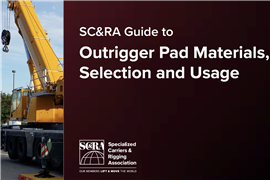US$ 1 billion for Bayonne Bridge
20 September 2010
The Port Authority of New York and New Jersey (PANYNJ) plans to invest up to US$ 1 billion to raise the height of the Bayonne bridge, which connects Bayonne to Staten Island.
The investment is designed to keep the region competitive. A taller bridge, said the PANYNJ, means bigger cargo ships can pass through the harbour, especially important after the Panama Canal expands in 2014.
The PANYNJ is currently funding a study to determine whether to modify or rebuild the bridge.
At present options include modifying the existing bridge by jacking the current 151-ft (46 m) road deck, creating a lift bridge mechanism at the centre of the span, or building a new taller bridge or a tunnel below the river.
Earlier this year, the PANYNJ agreed to retain its consulting teams to provide technical information on environmental and regulatory issues related to the Bayonne Bridge project.
These teams are currently developing ways to "expedite the environmental review process, including the National Environmental Policy Act requirements, and other applicable regulations," according to a PANYNJ statement.
The port currently supports approximately 269000 jobs in the New York, New Jersey region, and provides for US$ 11.2 billion in personal income, US$ 36.1 billion in business income and US$ 5 billion in federal, state and local tax revenues.
In 2009, the port handled 4.6 million loaded and unloaded 20-foot equivalent units (TEUs). The dollar value of all cargo handled was more than US$ 146 billion. The port's leading trading partners continue to be Asia and North Europe.
The Port Authority is investing US$ 200 million in 2010 in seaport-related improvements to improve efficiency and capacity at the port.


